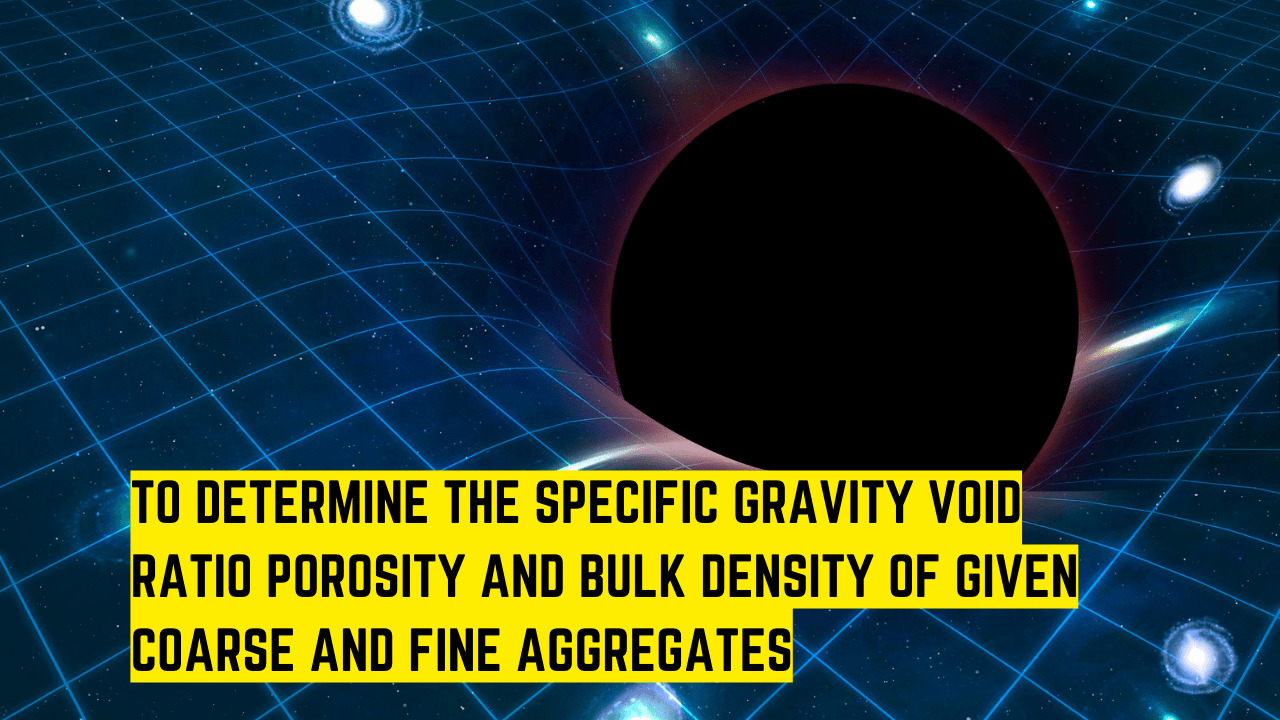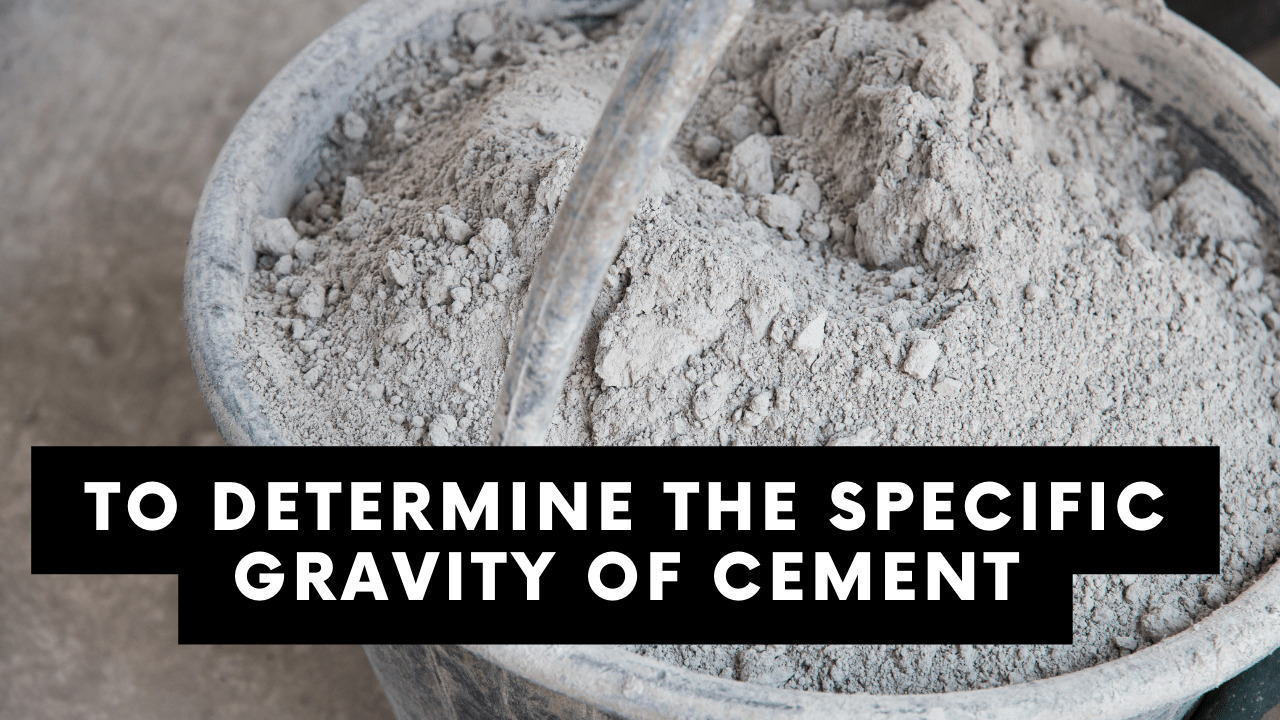Table of Contents
Objective:
The objective of this job is to determine the gradient of the line between two given stations and determine the reduce level of station B when reduce level of A is known.
Related theory:
Gradient
It is defined as the vertical difference between two points.
Reduce level
Reduce level is the elevation of a point with respect to datum, which is generally taken as mean sea level.
Theodolite
Theodolite is an instrument that is vastly used in surveying because of its accuracy. It is can be used to measure horizontal distances, reduce levels, elevations, depressions and horizontal and vertical angles.
Tacheometry
Tacheometry is the process of swiftly measuring the vertical and horizontal distance of a point.
Tacheometer
Tacheometer is a transit theodolite with stadia diaphragm and anallatic lens.
Stadia Rod
Stadia rod is a specially designed graduated rod which is utilized for long sights. It is 4 m long and can be folded just like an ordinary staff. it has clear and big readings on it and minimum reading can be taken up to 0.001 m.
Principle of Tacheometry
The principle of tacheometry consists on the property of isosceles triangles, in which the ratio of the distance of the base from the apex and length of the base is always constant.
Apparatus:
- Theodolite
- Tripod stand
- Steel tape
- Levelling staff
- Plumb bob
Setting and Levelling of Theodolite:
First of all, the electronic theodolite is fixed on the tripod stand with the help of screw which is being opened and placed on the station point. The theodolite is then centered with the help of the optical plummet on the station point. Then the screws of the theodolite are opened till the yellow line and the levelling process is started by placing the circular bubble within the boundary. It is done by adjusting the legs.
At the final step of the levelling, the plate bubble is adjusted by first keeping it parallel to the two levelling screws and moving the screws together either in an inward or outward direction until the plate bubble is approximately in the middle. The rotate the theodolite in 90 degrees clockwise or anticlockwise direction and use the third screw to make the minor adjustment.
To sight the object, clamp the theodolite horizontally and telescope vertically. Using focusing knobs to make the object and cross-hairs clear and visible. Take the horizontal angular readings by first making the theodolite reading zero for both left and right faces. Take the average of these values. For vertical readings, unclamp the telescope and then take readings.
Procedure:
CASE 1: When the line of sight is horizontal
- First measure the distance between the two points A and B with the help of steel tape
- Bring the instrument to station A of the line. Set up the theodolite and perform initial levelling and adjustments at station A.
- Place the stadia rod at endpoint B of the line.
- Observe the stadia hair readings from A to B.
- Compute the distance between the ends of line A and B.

CASE 2: When the line of sight is inclined
- Set up and level the instrument at point A and perform initial adjustments.
- Vertically hold the stadia rod at point B
- Observe the location of the stadia hairs through telescope on the stadia rod and record the upper and lower stadia hair readings.
- Note down the reading of crosshairs from the stadia (h).
- record the vertical angle of this inclined line of sight and its sign according to elevation or depression. (Angle of elevation = positive; Angle of depression = negative).
- Record actual height of instrument (HI) using the stadia rod above the occupied point.

Observations & Calculations:
Horizontal line of sight
| Trial No. | Station occupied | Station observed | Upper hair reading (m) | Lower hair reading (m) | Stadia intercept S, (m) | Horizontal Distance H, (m) | Mean |
| 1 | A | B | |||||
| 2 | A | B |
Horizontal distance = H = KS + c
Where:
Stadia interval factor = K =
Stadia constant = c = 0 (for internal focusing telescope)
S = Stadia intercept = Upper hair reading – Lower hair reading
Inclined line of sight

Elevation of point A =
Height of instrument (HI) =
Horizontal distance = H = KS cosα2 + c cosα2
Vertical distance = V = KS cosα sinα + c sinα
Inclined distance = I = = KS cosα + c
Where:
Stadia interval factor = K =
Stadia constant = c = 0 (for internal focusing telescope)
S = Stadia intercept = Upper hair reading – Lower hair reading
Discussions:
- If point B is at elevation from A, then:
Reduce level of point B = HI + V – h
- If point B is at depression from A, then:
Reduce level of point B = HI – V – h
Result:
Reduce level of point B =
Precautions:
- In levelling, make sure that the tribrach is made as horizontally as possible.
- The theodolite should be touched as less as possible to avoid disarrangement of the setup.
- Both the theodolite and the telescope should be perfectly clamped for accurate readings.
- Safety measures like hats, protective footwear and umbrella etc. should be taken into account.
- All instruments used in field must be handled carefully.
- Use umbrella to avoid direct exposure to sunlight.
- Level and center the instrument carefully.




